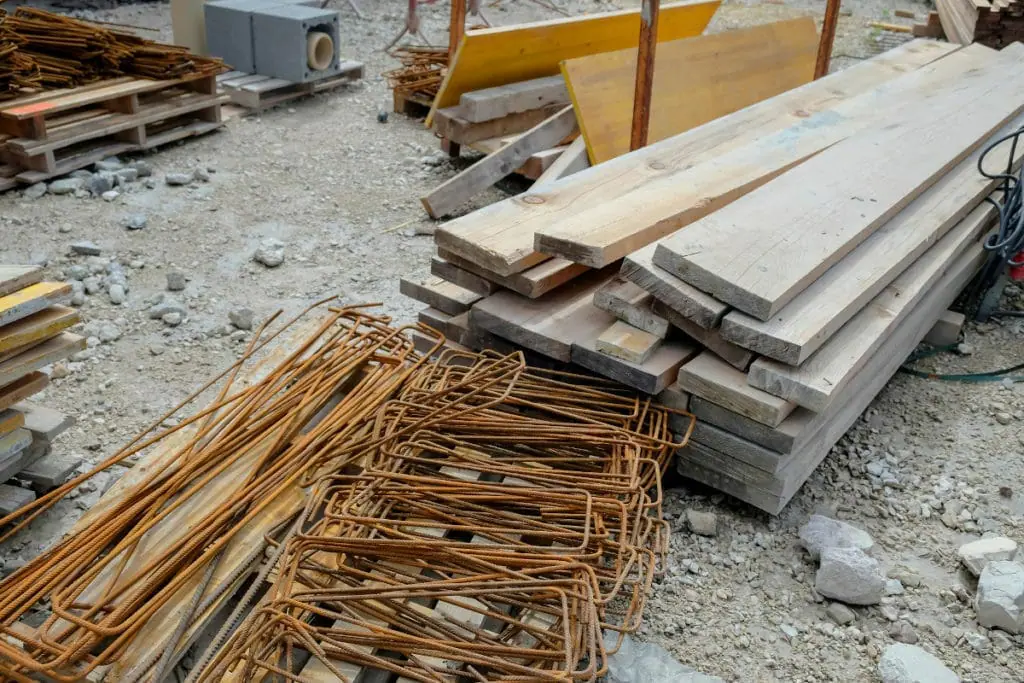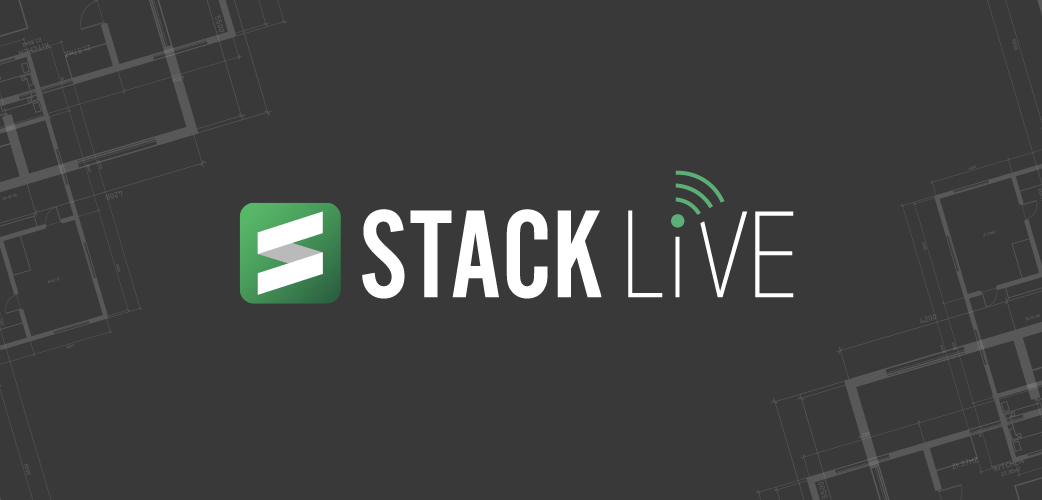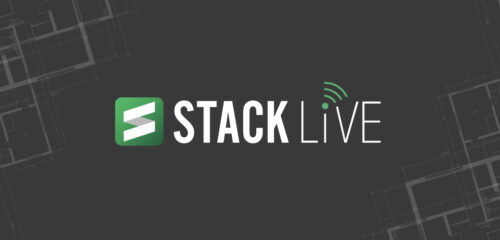
One often overlooked factor that cuts into construction profits is waste. While some waste in a project is unavoidable, if you plan properly and think ahead, you can significantly reduce the dollars lost as a result.
What Counts as Construction Waste?
Typically, we think of waste as materials left over at the end of a job, whether that’s simply scrap after cutting to size or due to damage. But if you broaden your definition to also include wasted labor hours, you’ll see plenty of ways to tighten up your procedures and reduce those costs.
Trimming Down Material Waste
Some material construction waste is inevitable, but there are ways to ensure you’re purchasing only what you need and getting the best use out of it.
Set Yourself Up for Success with Accurate Measurements
Before your crew ever gets to the jobsite, and before you submit a purchase order for materials, you need to be sure your measurements are accurate. A ballpark estimate that you pad a bit for security could cost you – and so could a typo if you’re manually transferring data from takeoffs to estimates.
Invest in a good takeoff and estimating software that allows you to get granular with your measurements and convert them directly to detailed estimates using items and assemblies that are specific to your trade.
You can then share your takeoff with your supplier so you know you’re ordering exactly the amount of materials needed for the job.
Plan for Proper Material Delivery & Storage
Prior to material delivery, inspect the jobsite and determine the optimal placement for each type of material. Make sure materials like lumber, which can be susceptible to damage, will be stored on a flat surface and protected from the elements, for example.
Do your best to secure the site to lessen the chances of theft and vandalism, and whenever possible, schedule deliveries in phases so that materials don’t arrive onsite until shortly before they’ll be needed.
Work Closely with Your Supplier
It’s best to develop a relationship with your supplier, not only so that you can access potential price discounts, but also because they can advise you on the way materials are distributed. The right supplier becomes a partner who would rather see your company succeed so they continue to get your business than make an extra buck on your current order.
So ask about material sizing and packaging and let them offer up suggestions. If you’re using one supplier for multiple jobs, you might also be able to divide a single order among different jobsites.
If finances are an obstacle for establishing a supplier relationship, a good option is to secure material funding through a service like Billd, which will pay for your supplies upfront and offers longer terms for repayment than you’d get through other loans.
How to Handle Labor Waste
Time when your crew is being paid but isn’t working is waste. This doesn’t always mean they’re loafing on the job, though. Think about these factors when it comes to scheduling and bidding projects.
Plan for PTO
Offering paid time off is a great perk and a way to attract and retain great employees. But it is still time workers are being paid not to work. You should consider vacation and sick hours as part of your overhead costs, and distribute those costs in your markup across projects so you don’t have to absorb them.
Adding overhead and other indirect costs into your estimates is simple with a preconstruction platform like STACK that allows you to input either a dollar amount or percentage and visualize your markup and profit margin for each job.
Know Your Crew’s Hourly Capacity
Overstaffing a jobsite can lead to idle workers with nothing to do, while understaffing can result in more accidents, more mistakes (causing material to be wasted), and overtime pay to be required, cutting into your profits.
Not everything on a jobsite can be planned, but you should have a clear and realistic view of what your crew can do in a typical hour. Get obsessive about tracking time in the field and analyzing estimated vs. actuals. That way you’ll know when you might need to add extra help or days that tend to have lighter workloads, and you can plan your crew’s schedules appropriately during each phase of a project.
Stay on Top of Delivery Schedules
With a trusted supplier on your side, you should have a good idea of expected delivery timelines for materials. Make it clear that you need to be notified of any logistics changes so you can plan accordingly. Then, schedule your crew’s hours around these planned deliveries. You don’t want to have several employees waiting around before delivery day with nothing to do.
But you should also be sure to have at least one trusted worker onsite to direct the delivery driver on where each set of materials should be stored. Designate storage areas as close as possible to where the materials will be installed to cut down on time spent transporting supplies to where they’re needed. With STACK this is easily accomplished during the takeoff and estimating process where you can quickly and easily customize labels for specific items, including their ultimate location. This way you can provide an itemized breakdown of your material quantities to your supplier that includes details for what and how much should be delivered where on site.
Analyze Past Performance to Predict Future Outcomes
After you’ve implemented strategies to reduce construction waste as much as possible, with a few projects’ worth of data gathered, you can drill down to identify just how much waste is normal to expect for your company on specific types of jobs.
Then, simply add a markup to your estimate in STACK to cover that percentage of the project, and you’ll no longer be on the hook for absorbing waste costs from your profits!
Want to see how this works in practice? Schedule a demo for a walkthrough of STACK’s estimating and markup capabilities.






